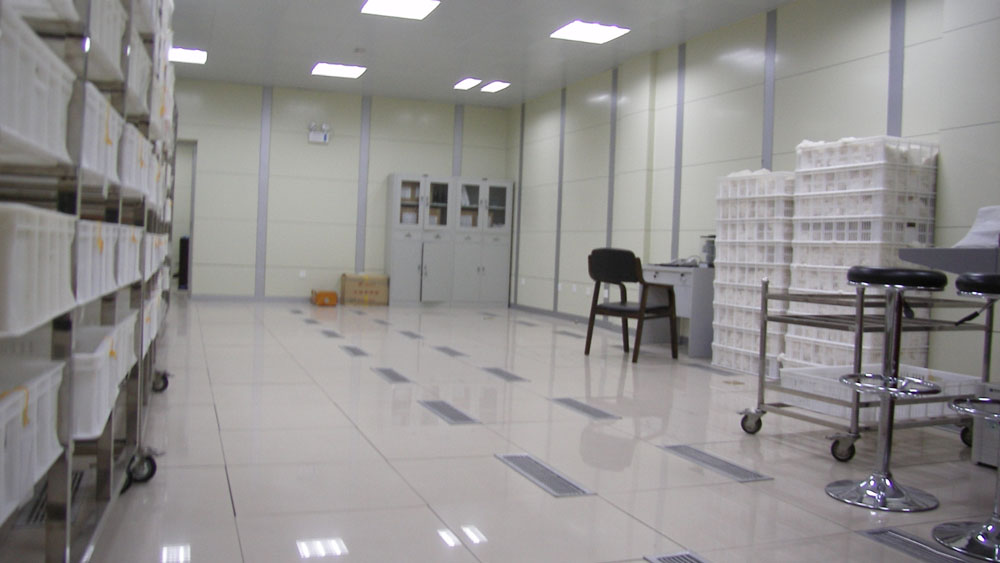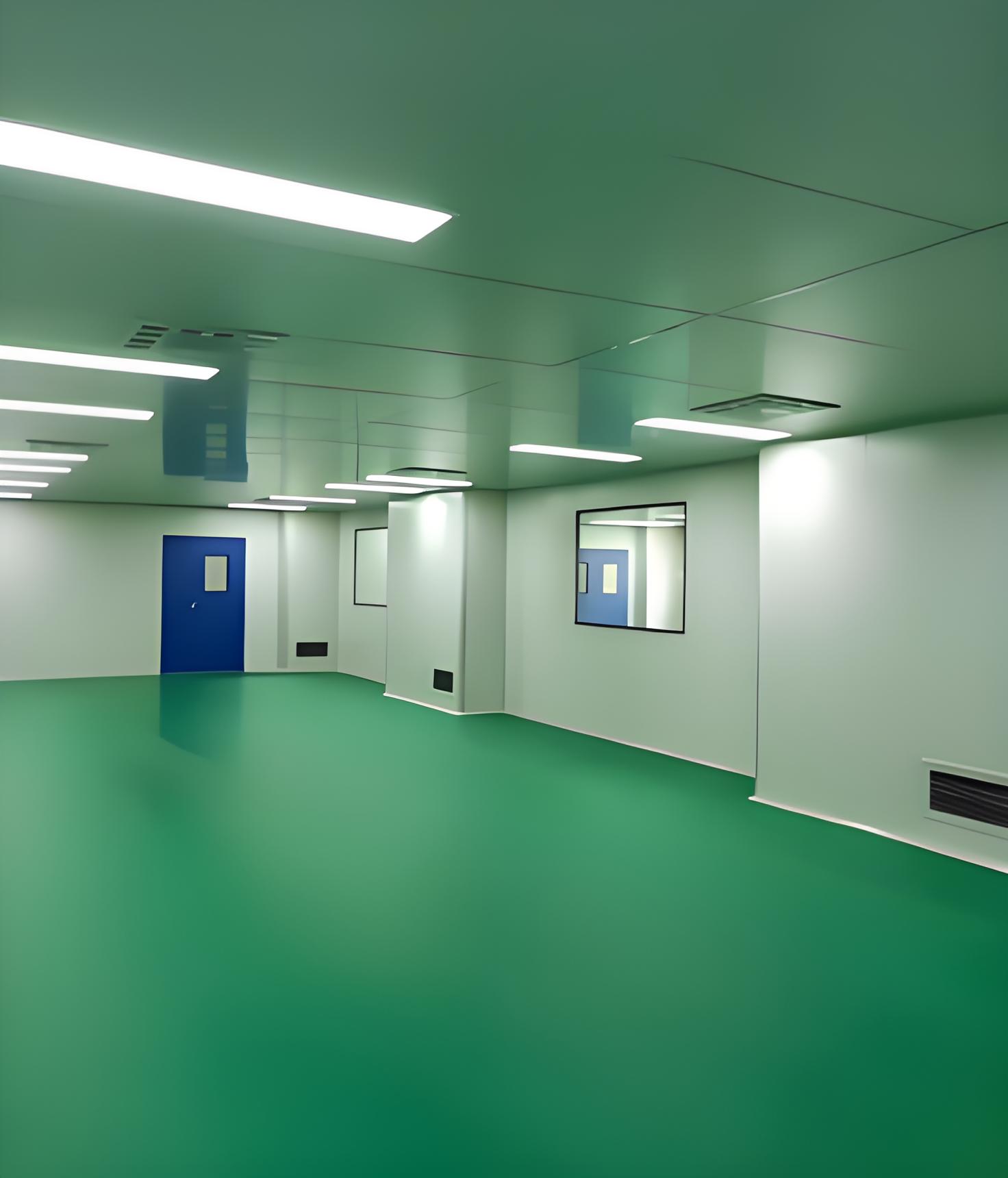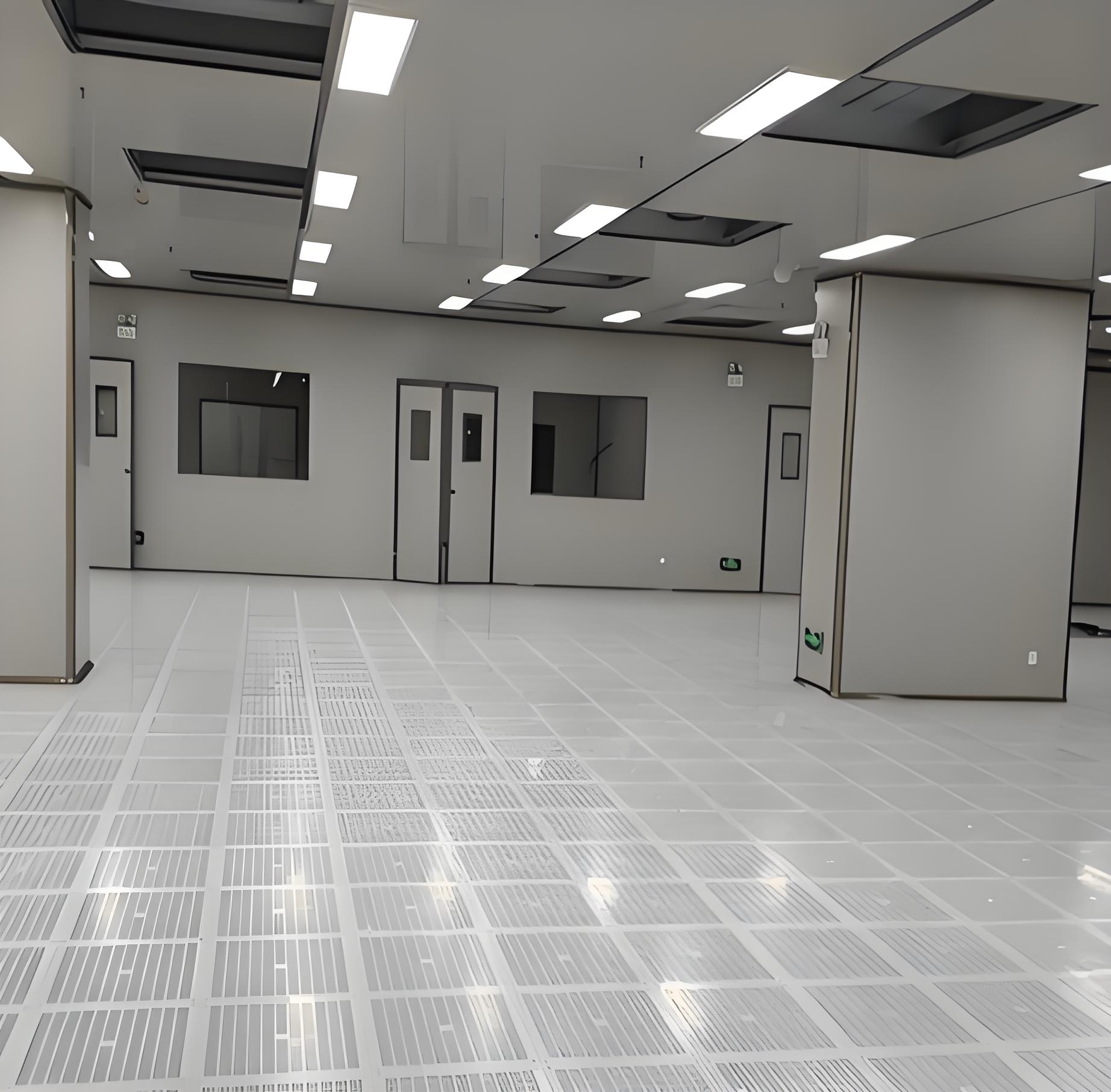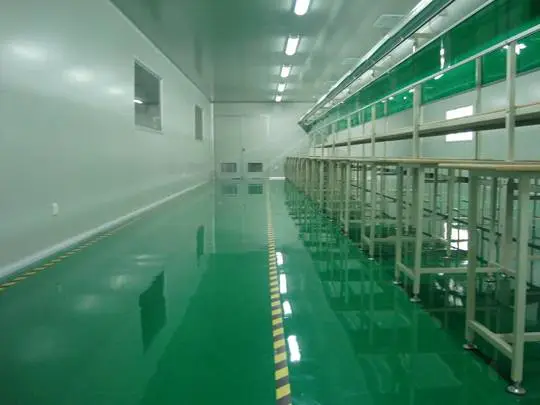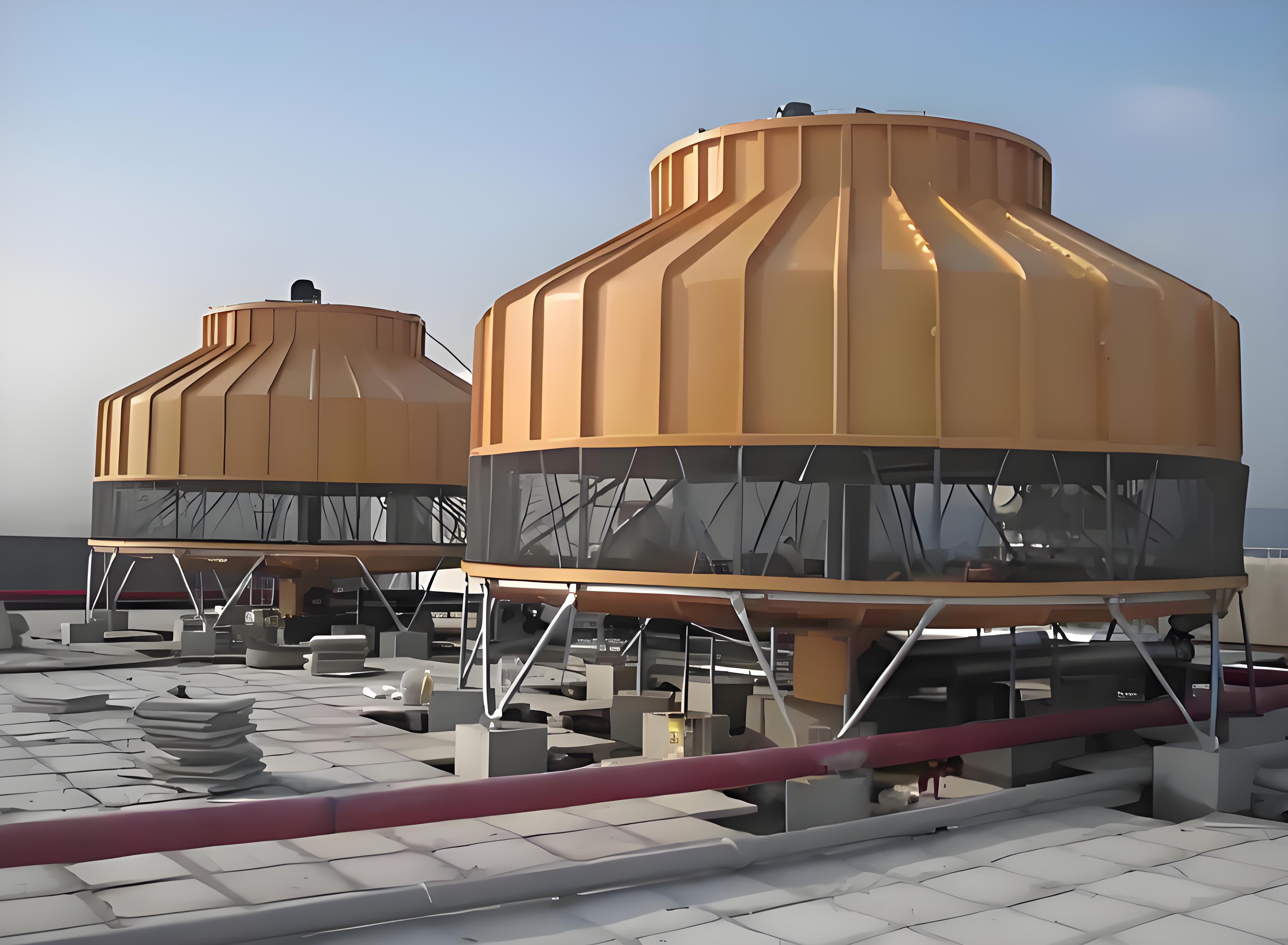
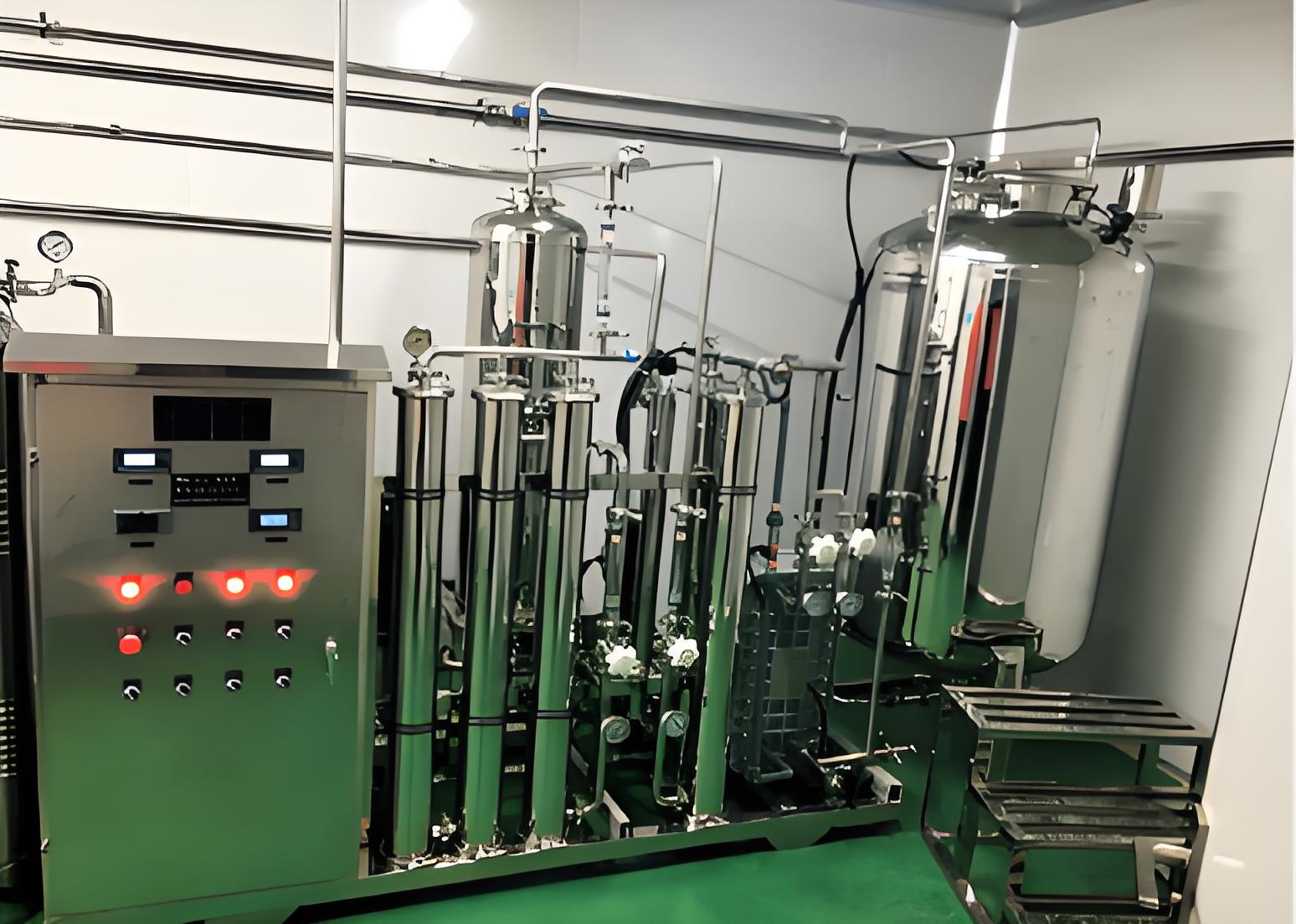
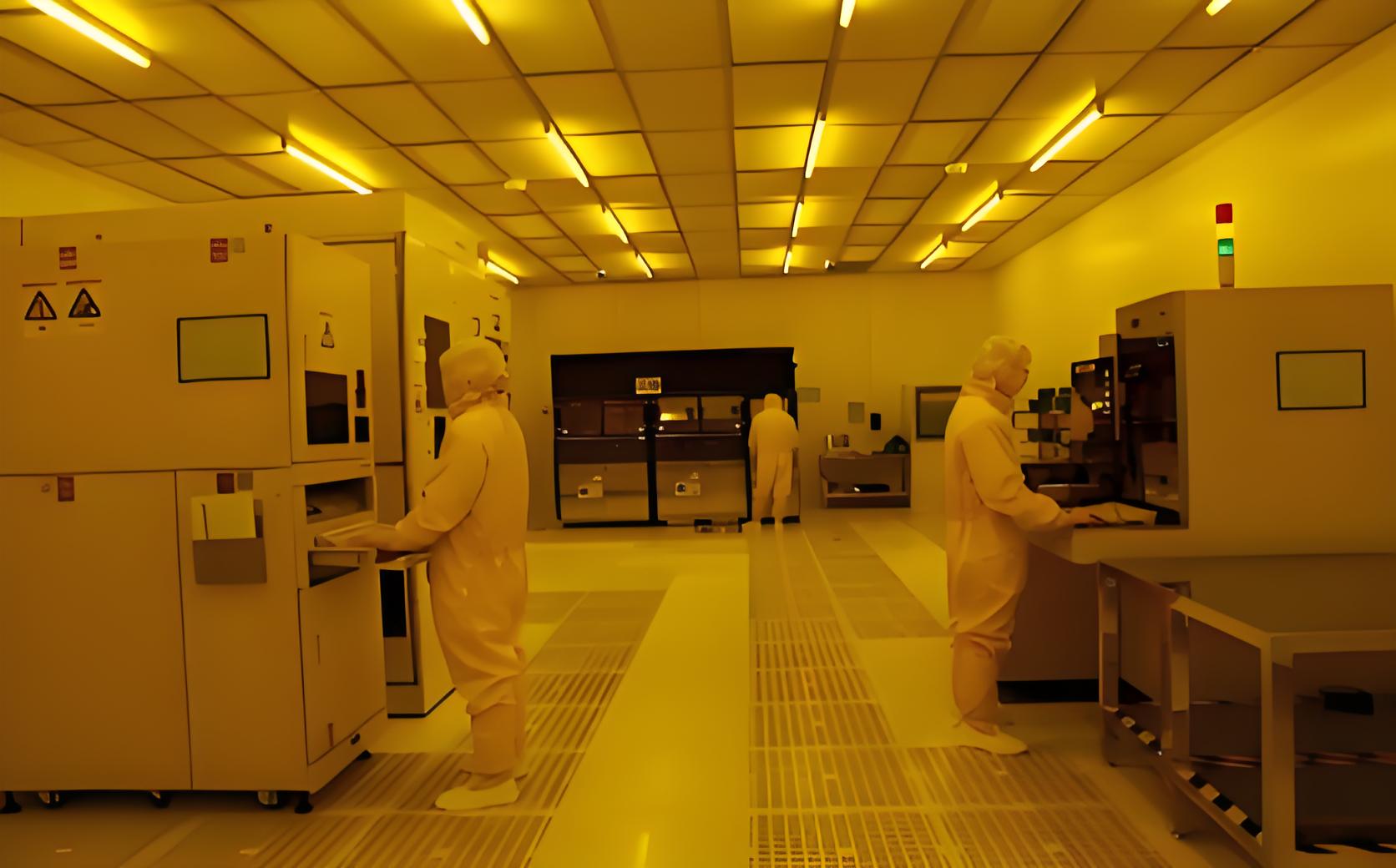

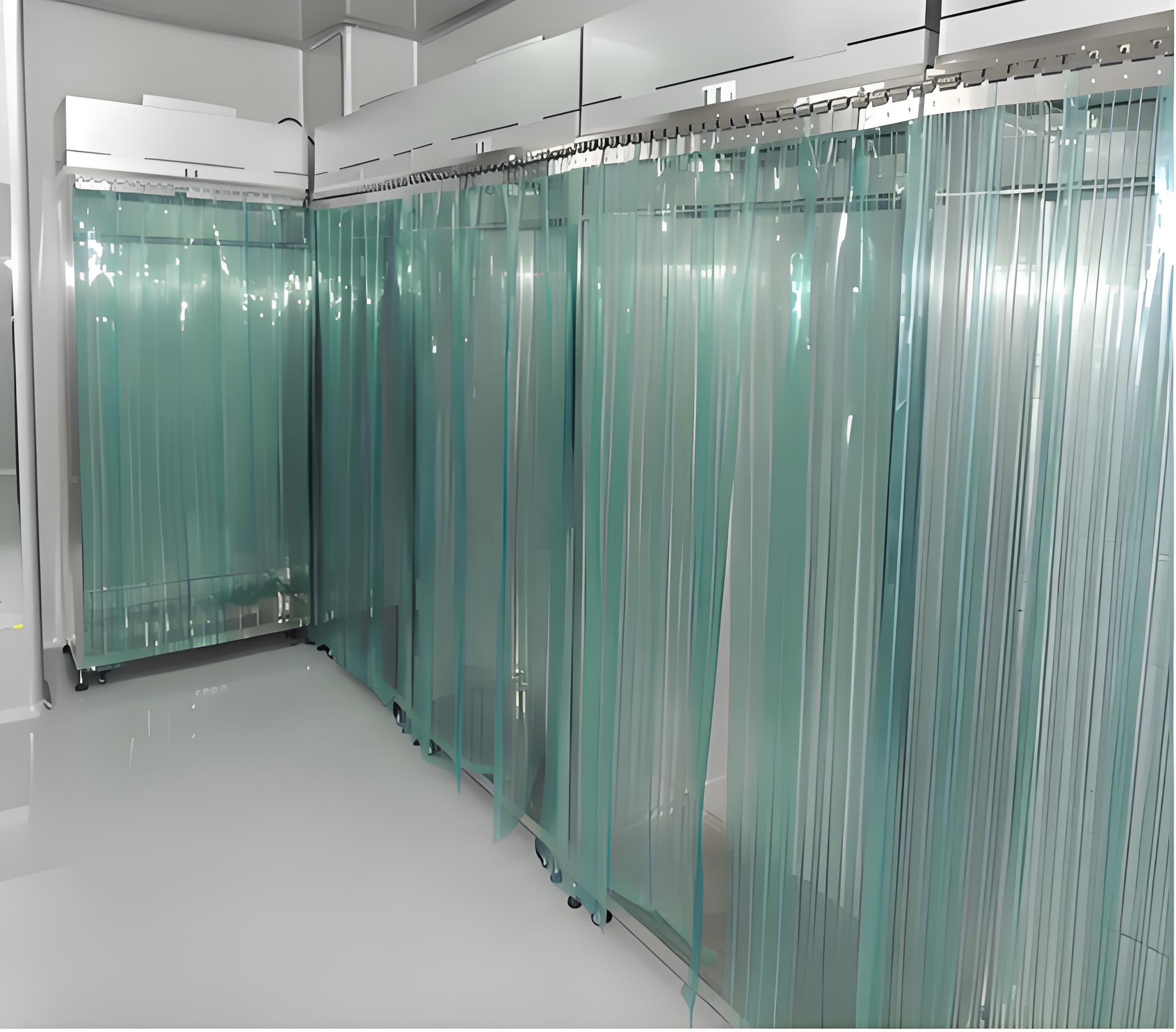
When it comes to industries like pharmaceuticals, biotechnology, semiconductors, and healthcare, maintaining a controlled environment is non-negotiable. A well-designed cleanroom is the backbone of operations that demand ultra-low levels of pollutants, such as dust, airborne microbes, and chemical vapors. Whether you're upgrading an existing facility or building from scratch, selecting the right cleanroom design and supplier can make or break your project's success. In this article, we'll dive into five critical factors to consider, drawing on real-world insights and industry standards. As a reference point, companies like TAI JIE ER have set benchmarks in delivering tailored cleanroom solutions that meet rigorous international requirements. By the end, you'll have a clearer roadmap to navigate this complex process and avoid common pitfalls.

A cleanroom is a controlled environment where pollutants like particles, bacteria, and chemical vapors are kept within strict limits. These spaces are essential for manufacturing and research processes that are sensitive to contamination. For instance, in the pharmaceutical industry, a single particle can compromise drug safety, while in electronics, dust can ruin microchip production. Cleanrooms are classified based on the number and size of particles permitted per volume of air, with standards like ISO 14644-1 providing a global framework. Understanding the fundamentals of cleanroom technology is the first step toward making informed decisions. It's not just about keeping things clean—it's about ensuring product quality, regulatory compliance, and operational efficiency.
Cleanroom classifications are defined by international standards, primarily the ISO 14644-1 series, which ranges from ISO Class 1 (the cleanest) to ISO Class 9 (the least clean). Each class specifies the maximum allowable concentrations of airborne particles. For example, an ISO Class 5 cleanroom allows no more than 3,520 particles of 0.5 micrometers per cubic meter, whereas an ISO Class 7 permits up to 352,000. These standards help organizations align their cleanroom design with industry needs. In sectors like medical device manufacturing or biotechnology, adhering to these classifications is critical for certifications from bodies like the FDA or EMA. When planning your cleanroom, consider the specific class required for your applications—this will influence everything from airflow systems to material selection. Suppliers like TAI JIE ER often provide guidance on matching classifications to operational goals, ensuring compliance and cost-effectiveness.
Before diving into design or supplier selection, clearly outline your cleanroom's purpose. Are you building it for sterile pharmaceutical production, semiconductor fabrication, or research labs? Each application has unique demands. For instance, a cleanroom for biotech might need enhanced humidity control and HEPA filtration, while one for electronics could require electrostatic discharge protection. Start by assessing factors like required ISO class, temperature and humidity ranges, and airflow patterns (laminar or turbulent). Engage stakeholders from quality assurance and operations to document these needs. This upfront clarity will streamline the design process and help suppliers like TAI JIE ER deliver a customized solution that minimizes rework and delays.
A well-thought-out cleanroom design goes beyond meeting standards—it optimizes workflow and energy efficiency. Consider the layout: how will personnel and materials flow in and out without introducing contamination? Key elements include airlocks, gowning areas, and dedicated zones for different processes. For example, using a unidirectional airflow design can reduce particle accumulation in critical areas. Additionally, integrate sustainable features like energy-efficient HVAC systems, which can lower operational costs. In one project, TAI JIE ER helped a client reduce energy consumption by 20% through smart cleanroom design that incorporated modular panels and advanced filtration. Remember, a poor layout can lead to cross-contamination, increased downtime, and higher maintenance costs, so invest time in prototyping and simulations.
The materials used in cleanroom construction directly impact durability, cleanliness, and compliance. Walls, floors, and ceilings should be made of non-shedding, easy-to-clean surfaces like epoxy coatings or stainless steel. Avoid materials that can harbor microorganisms or emit volatile organic compounds. Moreover, ensure that construction follows strict protocols to prevent contamination during build-out. For instance, using sealed joints and coved corners can minimize particle traps. When selecting a supplier, verify their track record with material sourcing and quality control. Companies like TAI JIE ER often use high-grade materials that meet international cleanroom standards, providing long-term reliability and reducing the risk of failures during audits.
Choosing the right cleanroom supplier is as important as the design itself. Look for providers with proven experience in your industry and certifications like ISO 9001 for quality management. Evaluate their portfolio—do they have case studies or references from similar projects? A good supplier should offer end-to-end services, from initial consultation and design to installation, validation, and maintenance. For example, TAI JIE ER provides comprehensive support, including cleanroom certification and training for staff, which ensures smooth operations post-installation. Don't forget to discuss scalability; your cleanroom might need future expansions or upgrades, so partner with a supplier who can grow with your business.

While upfront costs are a major factor, the total cost of ownership for a cleanroom includes construction, maintenance, utilities, and potential upgrades. A cheaper initial design might lead to higher energy bills or frequent repairs. Break down expenses into categories: design and engineering, materials, labor, validation, and ongoing monitoring. For instance, investing in high-efficiency particulate air (HEPA) filters might cost more initially but save money by extending filter life and reducing energy use. Request detailed quotes from multiple suppliers and compare them against long-term benefits. TAI JIE ER, for example, offers transparent pricing models that help clients budget effectively while ensuring compliance with cleanroom standards. Always factor in regulatory changes—staying ahead can prevent costly modifications later.
Throughout the industry, TAI JIE ER has built a reputation for delivering innovative cleanroom solutions that blend precision with practicality. Their approach includes using advanced modeling tools to simulate cleanroom environments before construction, which reduces risks and ensures optimal performance. By focusing on client-specific needs, they've supported projects in pharmaceuticals, electronics, and more, always adhering to international cleanroom protocols. In one recent collaboration, TAI JIE ER implemented a cleanroom for a vaccine production facility that achieved ISO Class 5 standards while cutting operational costs by 15%. This highlights their commitment to quality and efficiency, making them a reliable partner for businesses worldwide.
Selecting the right cleanroom design and supplier is a multifaceted process that demands careful planning and expertise. By focusing on application-specific requirements, efficient design, quality materials, supplier capabilities, and lifecycle costs, you can build a cleanroom that meets today's challenges and adapts to future needs. Remember, a well-executed cleanroom isn't just a facility—it's an investment in product integrity and business growth. As you move forward, consider leveraging the experience of industry leaders like TAI JIE ER to navigate this journey smoothly. For more insights or to start your project, reach out to professionals who understand the nuances of cleanroom technology.
Q1: What is the typical lifespan of a cleanroom, and how can it be extended?
A1: The lifespan of a cleanroom generally ranges from 10 to 20 years, depending on usage, maintenance, and initial construction quality. To extend it, regular inspections, prompt repairs of wear-and-tear, and updates to filtration systems are crucial. Additionally, adhering to cleanroom protocols like proper gowning and cleaning schedules can minimize contamination and structural damage. Companies like TAI JIE ER often provide maintenance services that include periodic certifications and part replacements, helping maximize longevity while ensuring compliance with evolving standards.
Q2: How does cleanroom classification affect operational costs?
A2: Cleanroom classification directly impacts operational costs because higher classes (e.g., ISO Class 5) require more sophisticated filtration, stricter controls, and frequent monitoring, leading to higher energy consumption and maintenance expenses. For instance, maintaining laminar airflow in a high-class cleanroom can increase HVAC costs by 30-50% compared to a lower class. It's essential to balance the required class with budget constraints—consulting with experts like TAI JIE ER can help optimize this balance without compromising on cleanliness or regulatory needs.
Q3: What are the common mistakes to avoid during cleanroom construction?
A3: Common mistakes in cleanroom construction include inadequate planning for airflow patterns, using substandard materials that shed particles, and poor integration of utilities like electrical and plumbing. Others involve underestimating space for gowning areas or neglecting validation tests post-installation. To avoid these, work with experienced suppliers who follow international cleanroom guidelines and conduct thorough risk assessments. For example, TAI JIE ER emphasizes pre-construction simulations and quality checks to prevent such issues, ensuring a seamless build that meets industry standards.
Q4: Can existing facilities be converted into cleanrooms, and what are the challenges?
A4: Yes, existing facilities can be converted into cleanrooms, but this often presents challenges such as spatial constraints, outdated infrastructure, and higher costs due to retrofitting. Key hurdles include modifying HVAC systems for precise environmental control, installing appropriate flooring and walls, and ensuring the structure can support cleanroom requirements without compromising safety. A detailed assessment by professionals like TAI JIE ER can identify feasible modifications and help navigate regulatory approvals, making the conversion process more efficient and cost-effective.
Q5: How often should cleanroom certifications and audits be performed?
A5: Cleanroom certifications and audits should typically be performed at least annually, but frequency can vary based on industry regulations and usage intensity. For high-risk sectors like pharmaceuticals, semi-annual or quarterly audits might be necessary to comply with standards like ISO 14644 or GMP. Regular monitoring includes particle counts, airflow velocity tests, and microbial sampling. Partnering with a reliable service provider, such as TAI JIE ER, ensures that certifications are up-to-date and that any deviations are addressed promptly to maintain cleanroom integrity.
This article provides general guidance on cleanroom selection and design. For tailored solutions, consult with experts like TAI JIE ER to address your specific needs. Share your thoughts or questions in the comments—we'd love to hear from you!
